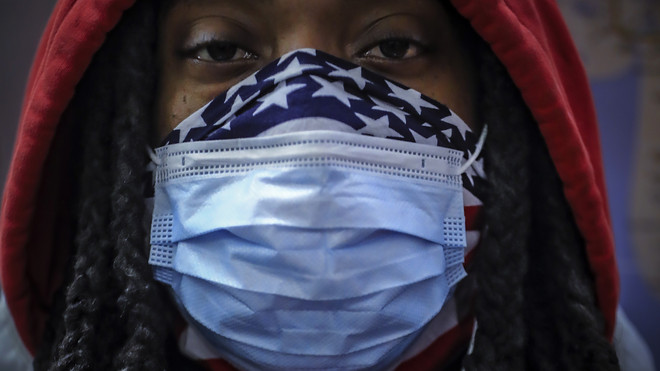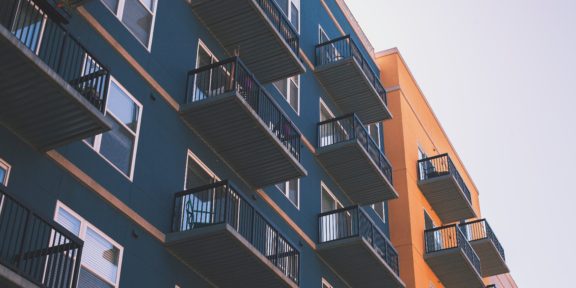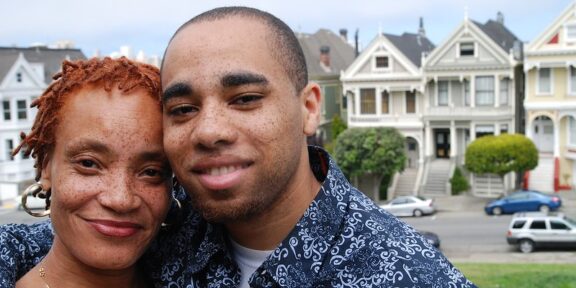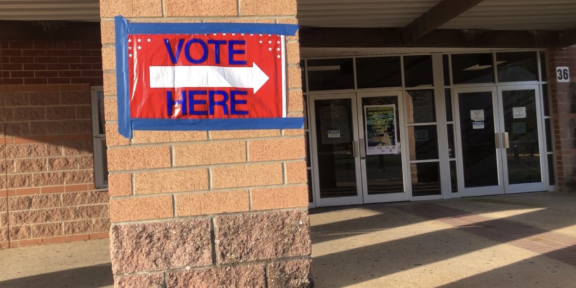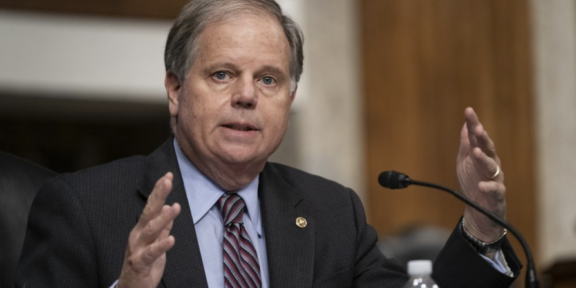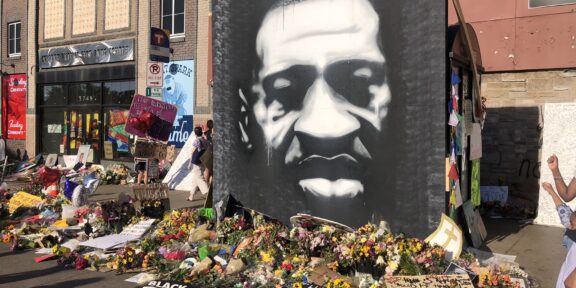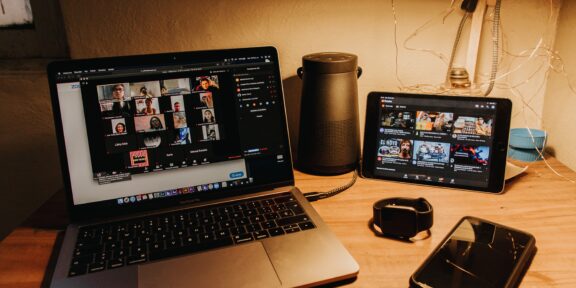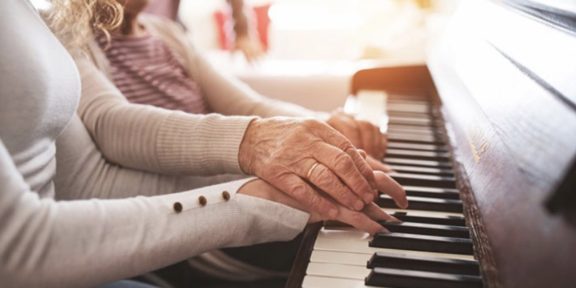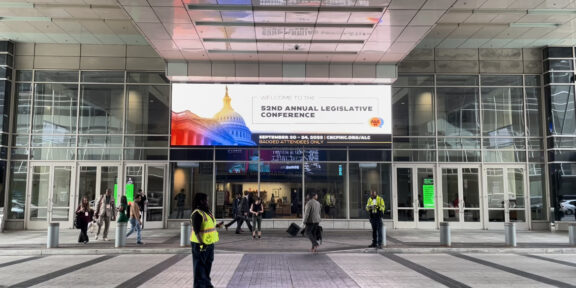By Brianna Nargiso, Howard University News Service
As recent statistics have shown that African Americans across the country have been disproportionately infected and dying due to the coronavirus, there has been an outcry from certain sections of society.
According to KFF, 20 of the 31 states who have reported data, black people have accounted for the majority of their confirmed cases and deaths.
However, the data that African Americans are disproportionately impacted should not come as a surprise as it mirrored the last pandemic that impacted the U.S. , the Swine Flu (H1N1) that hit the country in 2009.
The Swine Flu, a fatal respiratory virus that surfaced in 2009 resulted in the 60.8 million confirmed cases and 12,469 deaths in America.
In 2011, The U.S. National Library of Medicine National Institutes of Health published a study on the racial disparities of exposure, susceptibility, and access to health care during the H1N1 pandemic.
“Disparities in the risks of exposure, susceptibility (particularly to severe disease), and access to health care may interact to exacerbate existing health inequalities and contribute to increased morbidity and mortality in these populations,” noted the study.
The study concluded that racial disparities existed throughout the course of the pandemic. From having a higher risk of contracting the virus to having a higher mortality rate, African Americans were the most susceptible to complications from H1N1.
Harriet Washington, a medical ethicist and author of Medical Apartheid said the similarities in disparities generationally affecting the African American community is not new and began with the history of geographic segregation in the United States as early 1619.
According to Washington, “segregation still exists.” She says it’s a really important point necessary in evaluating what risk factors exist in the African American community.
“And then, the fact that the medical team from the beginning in this country was intent on preserving, not the health of African American servants, but rather their fitness for work,” said Washington.
When evaluating access to care, during the H1N1 pandemic, researchers saw that healthcare access played a large part in who was able to receive quality care and access to the vaccine. Like the racial disparities during the previous pandemic, early data shows that African Americans are disproportionately more susceptible to the virus in some cities and have not had the same access to testing materials and direct care in many places.
“This is all purposeful,” said Faith Michell, a public health specialist at Mary’s Center, a community health center in Washington, D.C.
Mitchell faults the United States government for its lack of inclusive legislation and because of their historical bias. Michell believes the health of African Americans have been generationally disregarded, resulting in disproportionate health disparities.
“Systemic reasons are a part of why we [African Americans] are getting COVID-19 at higher rates. Less medical care, less access to resources, working in unsafe environments and less knowledge about what is out there to help us,” said Mitchell.
According to an analysis done by The Washington Post, “demographics show that counties that are majority-black have three times the rate of infections and almost six times the rate of deaths as counties where white residents are in the majority.”
About 50 percent of those who have died after contracting COVID-19 have been individuals with preexisting conditions, reports Business Insider. Preexisting conditions that leave coronavirus patients more vulnerable include hypertension, diabetes, heart disease, all conditions that disproportionately affect African Americans.
While more African American patients have died in major cities, coronavirus fatalities in cities with a high African American population have been hit extremely hard.
Chicago and Detroit have been labeled as growing COVID-19 hotspots due to the continued rise in confirmed cases and fatalities.
President Donald J. Trump has referred to the health disparities as representing a “tremendous challenge” for the nation.
However, according to epidemiologist, Amber Gabrielle, “there are quite a few ways structural and personal racism can negatively impact African Americans during the pandemic.”
While African Americans are only 14 percent of Michigan’s population, as of April 11, they have accounted for 33 percent of the 23,993 confirmed coronavirus cases and 40 percent of its 1,392 deaths.
In response to the statistics, Detroit has assembled a task force dedicated to improving racial disparities that leave minorities vulnerable during the pandemic.This task force will work to understand the cause of the disparities and begin to address them.
“This task force is going to come together — going to pull from different sectors from public health, medical professionals, faith leaders, community leaders lawmakers, we’re going to come together to have some quick interventions to respond to the pandemic,” said Lt. Governor Garlin Gilchrist.
Similarly, Chicago Mayor Lori Lightfoot reported that racial disparities are revealing themselves as African Americans account for 68 percent of the city’s 118 deaths and 52 percent of the roughly 5,000 confirmed coronavirus cases, despite making up just 30 percent of the city’s population, reported The Washington Post.
Dying nearly six times the rate of their white counterparts, Lightfoot called these statistics “a call-to-action moment for all of us.”
Attempting to help aid the disparities Chicago has launched a public health education campaign focused on providing accurate health information to low income communities and sending a rapid-response team to communities heavily impacted by the virus.
While task forces across the country will target low income communities facing disparities, many believe these task forces aren’t enough to address the root of the problem at hand.
Looking toward the future, Gabrielle recommends that health information be made more accessible and articulated in “accessible prose” to ensure healthcare materials are better understood and thus easier to implement into daily routines to prevent exposure or spread of the virus.
“I don’t believe that most people are anti-information. I do think that we need crash courses on how to know what information is real and reputable, and what isn’t. We need to know how to read scientific papers. Racially biased mess we’ve been force-fed for centuries under the guise of “scientific proof” is NOT science,” said Gabrielle.
As the numbers of confirmed cases and deaths in the country rise exponentially, the racial disparities remain consistent with the disparities exhibited through the 1918 Spanish Flu pandemic and the 2009 Swine Flu pandemic.

